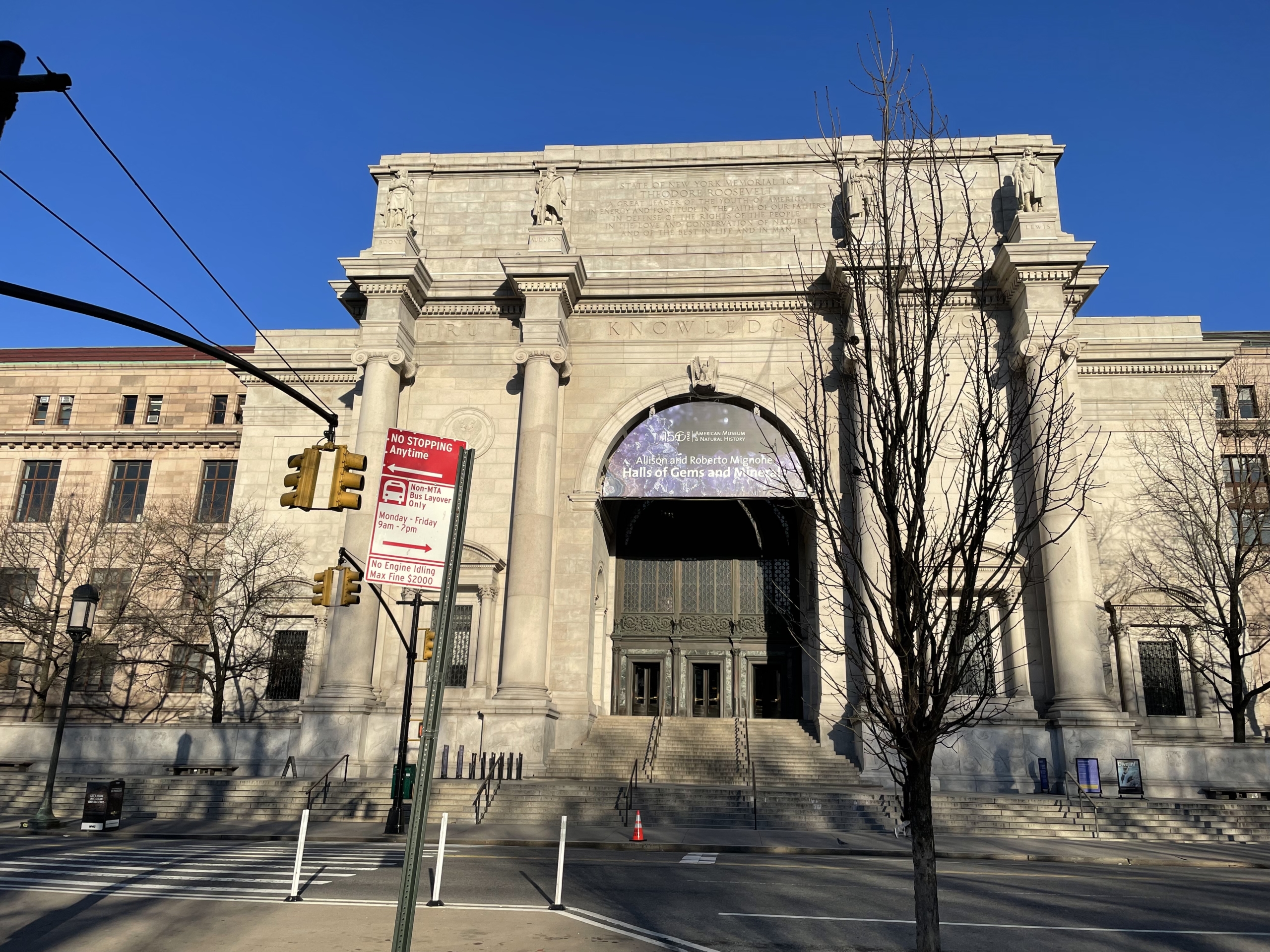
By Carol Tannenhauser
Who you gonna call on the Upper West Side when you have a scientific question? The American Museum of Natural History, of course. When we wondered what is actually going on in space when spring arrives, we were connected with none less than astrophysicist Dr. Jackie Faherty, senior scientist and senior education manager at the museum, who answered all our questions.
- What is the vernal equinox?
- The vernal equinox is a term we use for what most people would recognize as the first day of spring. Equinox is a phrase that translates from Latin to “equal night”. This is in reference to how on this day the sun is crossing the celestial equator making day and night roughly equal.
- What determines the day?
- The day is determined by the moment that the Sun’s position relative to Earth crosses the celestial equator.
- What actually happens in space?
- You can think of the Earth spinning like a top where there is an axis pointing out of the North and South Poles and they are titled 23.5 degrees relative to the Sun. On the vernal equinox the Earth’s position as it orbits the Sun is such that it is in an orientation where no part of the Earth is tilted more or less to the Sun. Each hemisphere receives an equal amount of light.
- How does a solstice differ from an equinox?
- A solstice is a word that describes the extreme of the Earth’s orbit around the Sun. It translates to “sun stop” from Latin and is so named because if you watch the sunset each day you will see that it marches north of west until the summer solstice or south of west until the winter solstice when it halts its position along the horizon for a moment and then reverses its sunset position along the north/south of west line.
- Why do the days get longer?
- The days get longer after the winter solstice because on the winter solstice you have reached the position in the Earth’s orbit around the Sun where your location (your hemisphere) is getting the least amount of direct sunlight. Every day after the winter solstice the reverse starts to happen and you start getting more and more direct light. That increases through to the equinox where day and night are equal and onward to the summer solstice, the longest day of the year.
- Are there any interesting facts, legends, or effects we can experience?
- There are way more myths that exist that I would prefer to debunk! The idea that on the equinox you can easily balance an egg on its edge is false, the idea that everything is easier to balance on the equinox is false, the idea that there is no noontime shadow is false. I could go on a bit more about the myths but what you do get to experience on the vernal equinox is a reawakening of the local animal world. Mating season for insects, birds, etc. happens around this time as the weather starts to warm and its safest to incubate new babies. You can look around and find the first hints of all things coming back to life from hibernating animals to trees and flowers.










Thank you Dr Flaherty and WSR! Good reminders in plain language, well explained for kids and adults alike. And great question about silly myths.